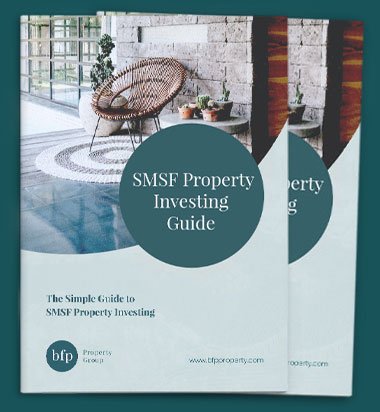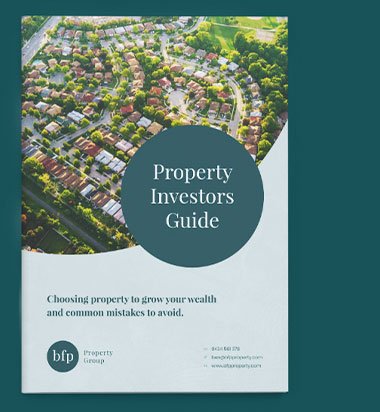Changing market conditions making negotiation tricky
There are continuing signs of changing market conditions occurring in Sydney, however, there is also a disconnect happening between buyers and sellers on price, too.
This is common when a market cycle is shifting from one phase to the other and especially when it is moving out of boom conditions.
When price growth starts to soften, buyers automatically assume this means that the market has automatically swung in their favour. Likewise, sellers are probably still living in the past somewhat, especially if a similar property to theirs sold a few months ago.
This means that buyers usually start offering a price that is well below market, when sellers are expecting a price that is well above what they are actually likely to achieve.
To be honest, real estate negotiations are always tricky because of the emotions of each party involved. Of course, we always recommend that buying real estate should be as emotionless as possible to ensure that you don’t overpay for a property.
Even without the emotional side of negotiations, when you also have two parties that have such differing views on the market price of a property, you can see why negotiation can become tricky during changing market conditions.
Differing market metrics
When we look back on the 2021 property year in times to come, it will be recorded as one of the most extraordinary in modern real estate history in this country.
Property prices sky-rocketed around the nation with buyers constantly outbidding each other to secure one of the low volume of listings that were available for sale.
This pushed prices to eye-watering levels – Sydney’s median house price even hit a record peak of about $1.4 million at one stage!
Of course, this type of price growth was never going to last, because it often didn’t make a lot of financial sense to those of us who are in the business of helping our clients buy the right property for the right price at the right time – which last year was not easy, let me tell you.
According to the latest CoreLogic data, Sydney’s median dwelling value increased by just 0.3 per cent over the March quarter this year but remains some 17.7 per cent higher than it was one year ago.
One of the main reasons for the changing market conditions in Sydney at present is due to the long overdue uptick in supply – albeit somewhat modest. The number of total property listings in the Harbour City were about 10 per cent higher in March than they were during the same period the year before, according to CoreLogic.
Sydney properties are also taking slightly longer to sell, with median days on market of 32 recorded in March this year, compared with 24 days one year ago. Vendor discounting has also increased marginally from 2.8 per cent to 3.1 per cent over the same period.
However, the same can’t be said for regional New South Wales, which is continuing to record strong market conditions. The median dwelling value there increased by 5.1 per cent over the March quarter and is 28 per cent higher than the year before – the strongest result of all states and territories.
In a further sign of the differing market conditions under way at present, total property listings in regional New South Wales are 18 per cent below what were they were in March last year, according to CoreLogic.
As you can see, property market metrics are showing two different markets occurring in New South Wales at present, with the city slowing down but the regions remaining hot to trot.
Buyers keen to purchase in the “city or country” would be wise to understand what really is going on in their markets of choice before attempting to secure a holding there – and never getting any further than the negotiation table.




